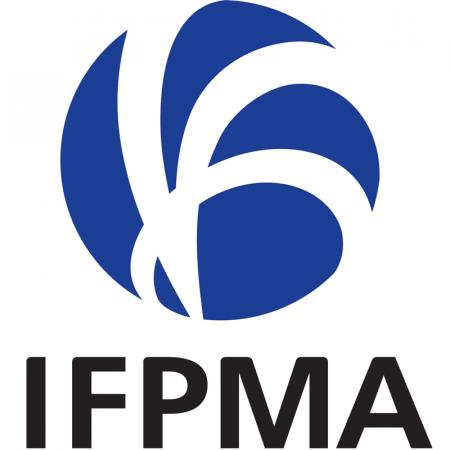Battling antimicrobial resistance: new guidance and insights
Antimicrobial resistance (AMR) is a significant public health threat, with 1·91 million deaths due to AMR bacterial infections projected in 2050. Most AMR infections occur in people over 70 years old, with rates ranging from 13.8 to 175·0 per 100,000 adult population per year. Almost 60% of hospital-associated sepsis episodes are attributed to AMR organisms, with high mortality rates in neonates. The WHO initiated a comprehensive list of AMR bacteria in 2017 through its first Bacterial Priority Pathogens List (BPPL). The updated 2024 WHO BPPL includes antibiotic-resistant Gram-negative pathogens, rifampicin-resistant Mycobacterium tuberculosis, fluoroquinolone-resistant Salmonella enterica serotype Typhi, Shigella spp, and Neisseria gonorrhoeae, and penicillin-non-susceptible Streptococcus pneumoniae and vancomycin-resistant Staphylococcus aureus. The 2024 WHO BPPL aims to ignite research, development, surveillance activities, and prevention cascades to combat AMR bacterial infections. 13 new antimicrobial agents have been available for clinical use since the 2017 BPPL, but resistance to these agents has already been described.
AMR NEWS
Your Biweekly Source for Global AMR Insights!
Stay informed with the essential newsletter that brings together all the latest One Health news on antimicrobial resistance. Delivered straight to your inbox every two weeks, AMR NEWS provides a curated selection of international insights, key publications, and the latest updates in the fight against AMR.
Don’t miss out on staying ahead in the global AMR movement—subscribe now!






